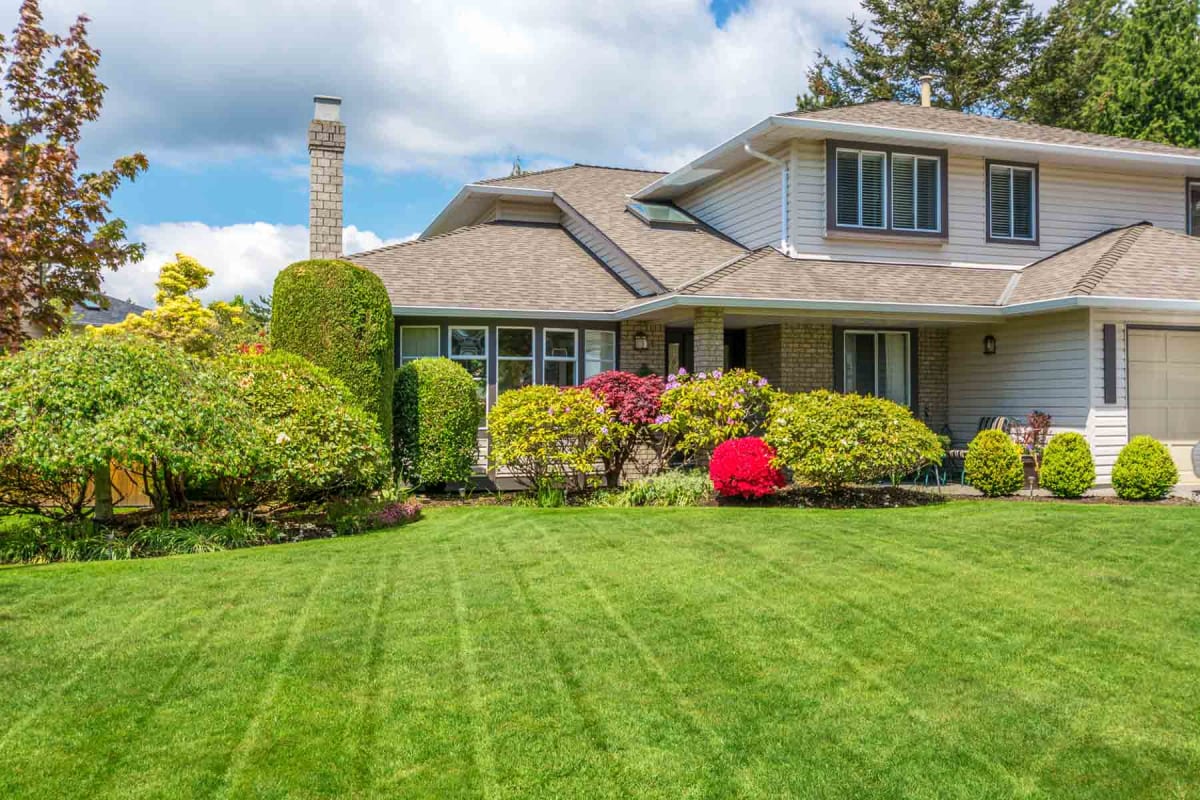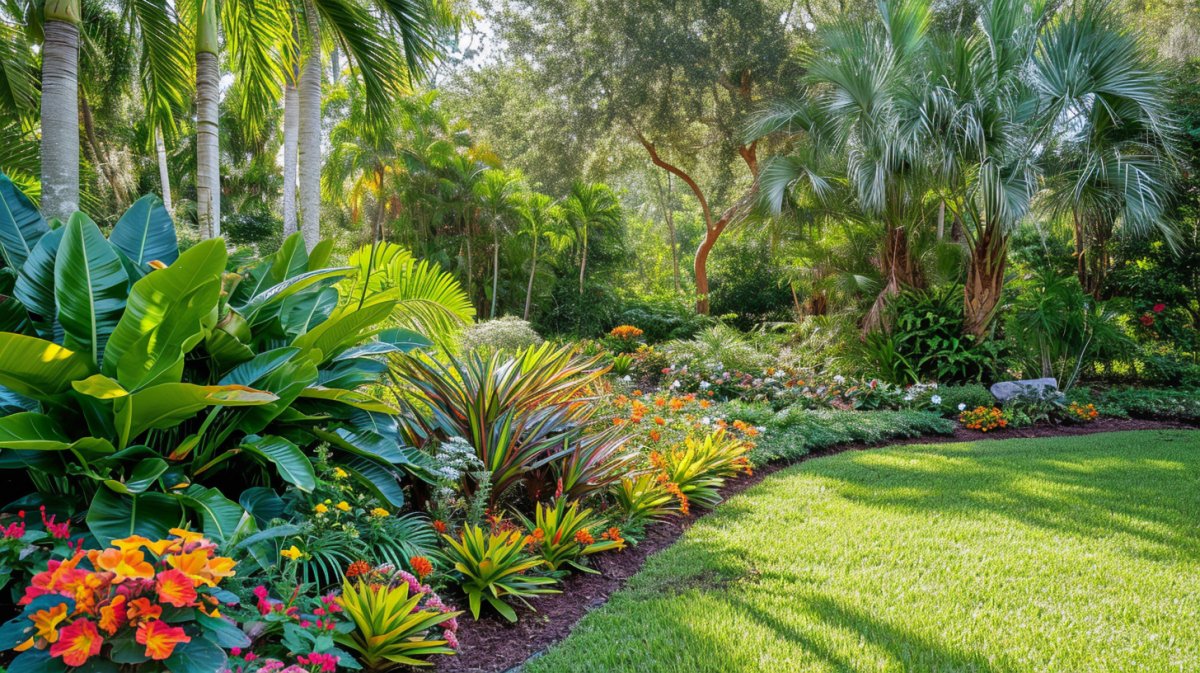The Significance of Recognizing Various Sorts Of Landscape Design for Your Garden
Understanding the different types of landscape design is a vital element in crafting a garden that not only mirrors personal taste but also satisfies eco-friendly needs. Each landscape design design-- be it official, cottage, lasting, or urban-- gives unique benefits that can substantially influence the overall health and appearances of your exterior area.
Benefits of Landscaping Understanding
Comprehending the basics of landscape design provides many advantages for both beginner and skilled garden enthusiasts alike. A strong grasp of landscape design principles makes it possible for individuals to develop useful and visually enticing outside areas that straighten with their personal preferences and the details attributes of their gardens.
One substantial benefit is enhanced ecological health and wellness. Expertise of native plants and lasting practices permits gardeners to cultivate ecosystems that promote biodiversity while decreasing the need for chemical plant foods and chemicals. Additionally, recognizing soil types and drain can lead to healthier plant development and lowered erosion.
Landscape design expertise also improves the visual worth of a residential property. By finding out about style components such as scale, color, and texture, garden enthusiasts can develop natural and inviting landscapes that increase visual charm. This not only raises individual satisfaction yet can additionally boost residential property worth.
In addition, educated garden enthusiasts can conserve time and sources. Identifying the right plants for details problems, such as light and dampness degrees, makes certain that initiatives are not thrown away on improper options. Inevitably, a thorough understanding of landscape design encourages people to make educated decisions, fostering a more rewarding gardening experience.
Overview of Landscape Design Kinds
Landscaping includes a variety of strategies and designs, each tailored to meet the unique demands and choices of garden enthusiasts. Comprehending these diverse kinds is critical for producing an outside space that straightens with environmental considerations and specific preferences.
One prominent type is typical landscape design, defined by structured formats, distinct flowerbeds, and making use of balanced growings. This style frequently emphasizes a feeling of order and harmony within the garden - Commercial Landscaping. On the other hand, naturalistic landscaping concentrates on resembling the appeal of nature, using native plants and organic types to develop a much more kicked back and informal setting
Lasting landscaping has actually acquired grip, promoting green methods that preserve water and decrease chemical usage. This approach usually includes xeriscaping, which uses drought-resistant plants appropriate for dry climates. Furthermore, city landscaping addresses the difficulties of minimal space in city settings, often using upright yards and rooftop areas to make the most of greenery.
Official Landscape Design Explained
Defined by its thorough design and structured aspects, official landscaping creates an environment of style and sophistication in outdoor areas. This design stresses proportion, geometric shapes, and well-defined lines, typically including manicured bushes, topiaries, and orderly flower beds. The overall effect is a refined and refined atmosphere that accentuates building attributes and boosts the elegance of the bordering landscape.
In official landscape design, paths are typically straight and might be lined with consistent products such as block or rock. These courses usually bring about prime focus such as water fountains, statuaries, or decorative trees, better boosting the organized nature of the layout. Shade combinations have a tendency to be a lot more restricted, concentrating on harmonious combinations that promote a serene atmosphere.
Water features in official landscapes are generally made with accuracy, commonly showing up as round or rectangle-shaped pools. The careful positioning of plants is critical, with varieties selected for their capability to maintain a tidy look throughout the periods. Generally, formal landscaping is ideal Get the facts for those that appreciate order and elegance, providing a classic aesthetic that can considerably elevate the worth and charm of outdoor rooms.
Cottage Yard Characteristics
Home gardens commonly evoke a feeling of beauty and whimsy, mixing a range of plants in an apparently haphazard yet unified arrangement. Defined by their lavish, informal design, these yards usually feature an eclectic mix of flowering perennials, annuals, veggies, and herbs. This varied planting not only produces visual interest but additionally attracts advantageous insects and advertises a balanced community.
An essential quality of home gardens is their use typical materials and structures. Rock pathways, rustic secure fencing, and wooden trellises are typically integrated to boost the yard's enchanting appeal. Additionally, the addition of seating locations, such as arbors or benches, urges leisure within this serene environment.
Color plays a considerable function in cottage yards, official site with a focus on soft pastels and vivid hues that evoke a sense of fond memories. Blossoms like roses, foxgloves, and hollyhocks are staples, typically intermingled with aromatic herbs such as lavender and thyme.
Cottage gardens reflect a philosophy of embracing nature's changability, causing an one-of-a-kind and welcoming area. By prioritizing biodiversity and aesthetic charm, they create an attractive setup for both yard lovers and laid-back observers alike.
Sustainable Landscape Design Practices
Including sustainable landscaping practices is essential for developing eco-friendly gardens that flourish while reducing their ecological impact. Landscapers Las Vegas. Sustainable landscape design concentrates on the effective use sources, advertising biodiversity, and improving the natural setting
One trick method is selecting indigenous plants, which are well-adapted to neighborhood conditions and require much less water, plant food, and pesticides. This not only preserves sources but also sustains local wild animals, including pollinators. Implementing water-efficient watering systems, such as drip irrigation or rain harvesting, even more preserves water while making sure that plants receive ample wetness.

Furthermore, minimizing grass areas and integrating hardscaping elements can reduce maintenance and source use. These practices promote an even more lasting landscape that needs fewer inputs and provides eco-friendly benefits. By embracing these approaches, garden enthusiasts can develop spaces that are not only attractive but also contribute positively to the atmosphere, promoting an unified equilibrium in between nature and human task.

Conclusion
Finally, a comprehensive understanding of various landscape design kinds is necessary for developing a visually pleasing and ecologically sustainable yard. Each design, from formal to cottage yards and lasting methods, provides distinct advantages that boost biodiversity and resource efficiency. This knowledge promotes notified decisions that contribute to the wellness of both the yard and its surrounding community. Ultimately, welcoming diverse landscaping strategies promotes a harmonious partnership between outdoor rooms and their atmospheres, promoting long-lasting ecological equilibrium.
Recognizing the various kinds of landscape design is a necessary component in crafting a yard that not just reflects individual preference but likewise fulfills ecological demands. Each landscaping style-- be it official, cottage, sustainable, or metropolitan-- provides unique benefits that can significantly influence the total health and appearances of your outdoor area. In comparison, naturalistic landscape design focuses on simulating the elegance of nature, utilizing organic types and indigenous plants to create a much more kicked back and casual environment.
Additionally, metropolitan landscape design addresses the obstacles of minimal space in city atmospheres, commonly making use of vertical gardens and rooftop areas to make best use of greenery.
In conclusion, a detailed understanding of different landscape design kinds is crucial for developing an aesthetically pleasing and environmentally sustainable garden. (Commercial Landscaping)